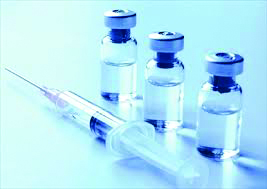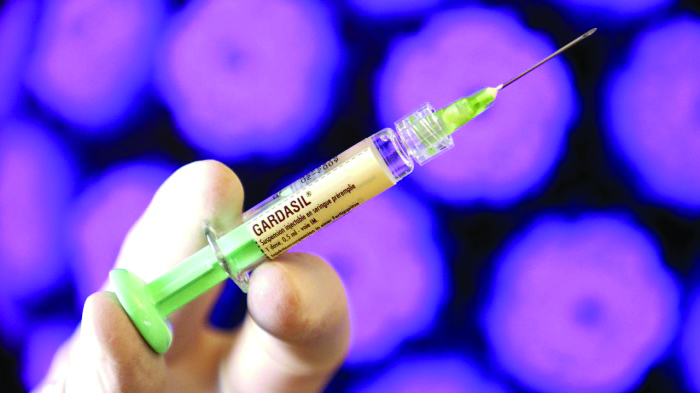To vaccinate or not to vaccinate, that is the question. Strong advocates exist on both sides, some people swearing by the practice while others refuse to participate. However, one fact both groups agree on is the need for increased scientific inquiry and community education. So both camps should be happy about a four-year study on the effectiveness of the HPV vaccine, recently published by researchers from many institutions, including the Yale School of Public Health.
HPV, or human papillomavirus, is the most common sexually transmitted infection. It is so prevalent that nearly all sexually active individuals contract it during their lives. The virus exists as several strains of varying severity, and spreads through sexual contact with infected people. Because HPV symptoms can lay dormant for years, and because the infection often resolves itself without causing health complications, it is difficult to detect. However, HPV does have the potential to cause serious symptoms, including genital warts and various cancers. Given that no test for the virus exists and that it is not possible to differentiate between the genital wart-causing strain and the cancer-causing strains, the ideal health precaution is vaccine. Given the tremendous pervasiveness of HPV, researchers developed an innovative vaccine for the disease about 10 years ago. However, as the vaccine is still new to the medical community, scientists need to continue research to confirm its effectiveness and safety. This is a fundamental goal of HPV-IMPACT, a project directed by assistant professor of epidemiology Linda M. Niccolai.
Niccolai also spearheaded the four-year study, which found that between 2008 and 2012, the pervasiveness of two especially harmful strains of HPV decreased significantly. The rate of precancerous lesions associated with the presence of these strains decreased from 53.6 percent to 28.4 percent among women who received at least one dose of the vaccine, but these lesions were just as common among unvaccinated women. This large-scale study covered five states and shed light on the importance of vaccination as prevention for disease.

The Yale study measured the rate of CIN2+ lesions, which are moderately abnormal cells found on the surface of the cervix. Only especially virulent strains of HPV cause such lesions, which doctors identify via cervical biopsy. CIN2+ lesions are not cancer, but they often become cancerous and spread to nearby normal tissue if doctors leave them untreated.
The Centers for Disease Control and Prevention (CDC) suggests that women receive routine cervical cancer screenings and that both genders get vaccinated against HPV. The CDC recommends that all children receive the three dose series of the HPV vaccine, starting at age 11. The primary mode of transmission for HPV is sexual activity, which leads some to think that this age for vaccination is too young. However, the HPV-IMPACT team confirmed that the vaccine’s effectiveness depends on inoculation before any possible exposure.
Additionally, the response to the vaccine is better in preteens than in older individuals. Previous clinical trials have demonstrated that the vaccine, when administered early, provides close to 100 percent protection against precancers and genital warts. Since the Food and Drug Administration first approved the vaccine in 2006, the rate of HPV infections among teenage girls in the US has dropped by 56 percent, and significantly fewer teens have developed genital warts. These numbers make it hard to deny that the HPV vaccine can be a powerful player in public health.
After completing this four-year study, the HPV-IMPACT team aims to continue building on its comprehensive, population-based approach to monitoring the vaccine’s impact on cervical cancer precursors and related HPV symptoms. The program’s efforts in statewide monitoring of abnormal and precancerous cell growth have improved public health practice. The team’s active, population-based surveillance of HPV in New Haven has also made a big impact in the area, and team members hope to continue to influence public health in New Haven and across the country.
Cover Image: An HPV vaccine called Gardasil targets HPV types six, 11, 16, and 18. Image courtesy of Rex Features.

